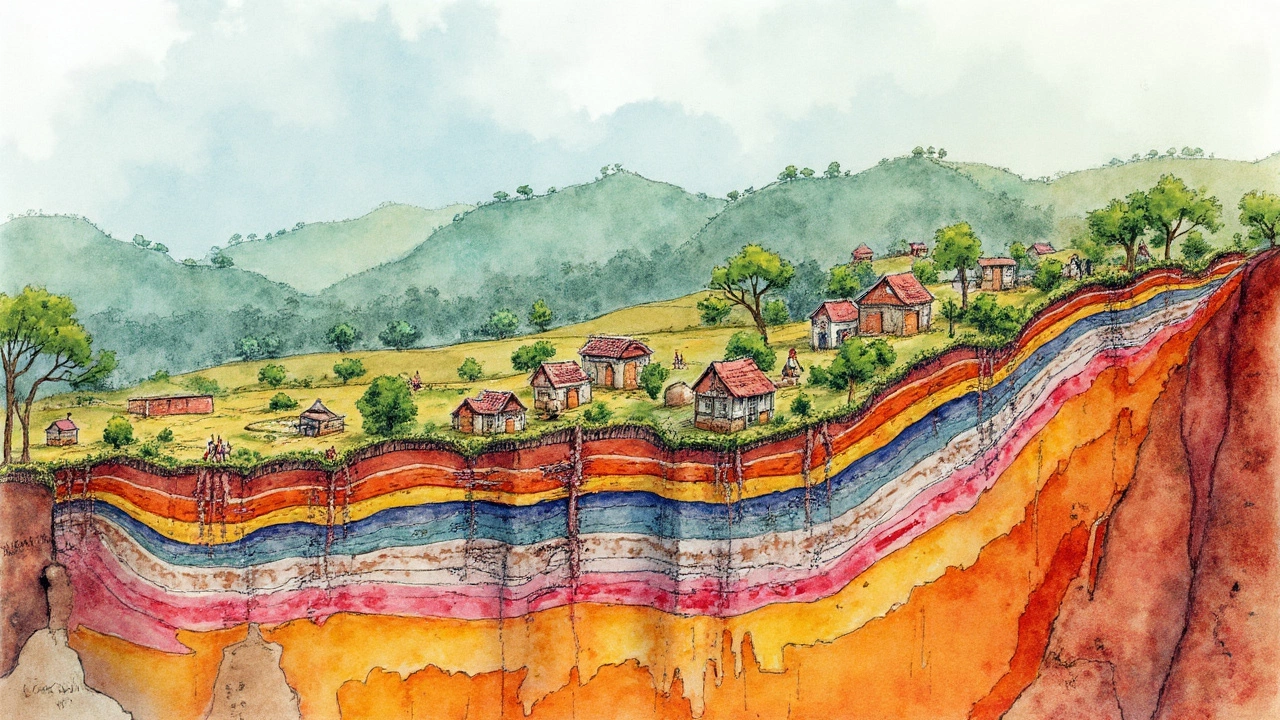
Bedding Attitude: What It Means and Why You Should Care
Bedding attitude might sound like a complicated geology term, but it's actually pretty logical once you break it down. It’s all about the angle and direction at which rock layers lie beneath our feet. Understanding bedding attitude isn't just for scientists; it impacts construction, mining, and even where groundwater might flow. In this article, you'll get simple explanations, practical examples, and handy tips to see why this concept matters. By the end, you’ll be reading the layers of the earth like a pro.
View More